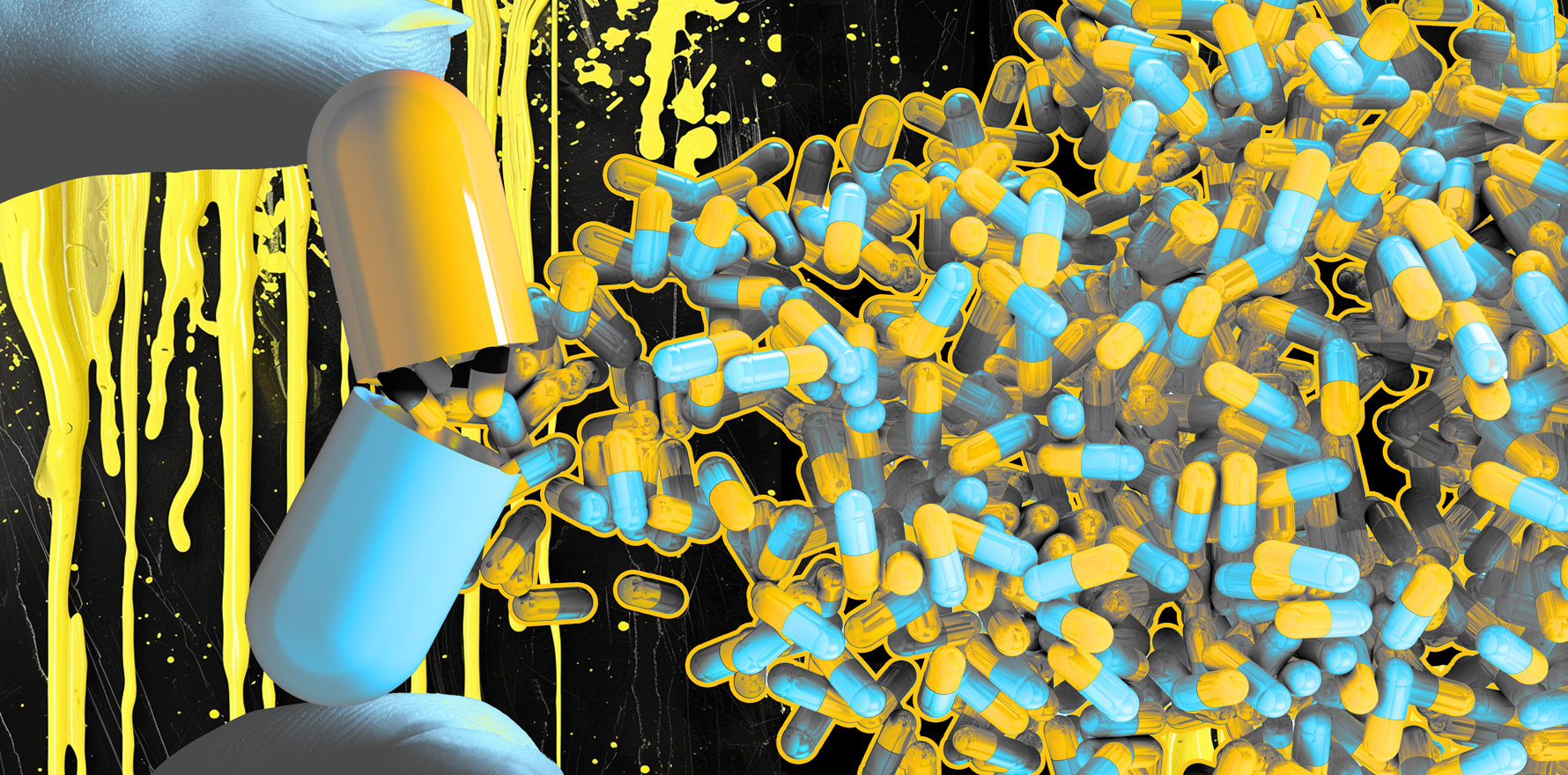Multivitamin and supplement use is prevalent. Do we know how much of what our patients are taking?
In the past month, I have suspected, investigated and subsequently confirmed pyridoxine toxicity in five patients.
It is not a new phenomenon; it’s probably that I have been missing a lot of it over the years.
There was a story in newsGP a few months ago describing a GP’s experience with significant peripheral neuropathy and an eventual diagnosis of pyridoxine (vitamin B6) toxicity.
The commentary around this piece was quite helpful and insightful and made me, like many readers, change my practice. I was not routinely checking B6 levels in patients who described lower limb weakness, fatigue, paraesthesia and other neuropathic symptoms.
I was not aware of the plethora of multivitamins, pre-workout products, “nutritional” supplements and other non-prescription and less regulated products that are potentially so problematic and contributing to the incidence of pyridoxine toxicity.
This piece is not about B6. It’s about the aisles in the pharmacies that may be capitalising on human emotion and a desire to achieve good health with a quick pill. I wish the body was that simple.
I am mid-career. I am also a GP and generally quite open-minded and health literate. Despite this, I feel so uninformed and out of my depth when it comes to the current industry of multivitamins, supplements and alternative products. It is not possible to keep up my knowledge at the same rate that these products are hitting the market.
Every day I am brought a little jar or box of some alternative product with a patient asking:
“What do you think about this, doc? The reviews are great for bringing down cholesterol?”
Or:
“Can I try the gentler pills for the blood pressure instead? The health food shop sells them.”
Or:
“I’ve bought asafoetida tablets for my reflux. If they work, can I cancel the gastroscopy?”
Swisse sells a men’s multivitamin, a women’s multivitamin, a women’s over 65 years old multivitamin, a teenage women’s multivitamin, a men’s high potency multivitamin.
“Which one should I buy, doc?”
A worried mum asks if all the ingredients in the new multivitamin she’s bought – Blackmore’s Multivitamin for teen boys – will be good for her son who plays a lot of video games and doesn’t like eating fruit. Here is the ingredient list:
- Fish oil (natural) 420mg
- omega-3 marine triglycerides 126mg
- Eicosapentaenoic acid (EPA) 75.6mg
- Docosahexaenoic acid (DHA) 50.4mg
- Potassium iodide 197mcg (iodine 150mcg)
- Ferrous fumarate 15.7mg (iron 5mg)
- Zinc sulfate monohydrate 41.6mg (zinc 15mg)
- Cyanocobalamin 2mcg (vitamin B12)
- Retinol palmitate 1.29mg (vitamin A 703mcg RE)
- Thiamine nitrate 1.48mg (thiamine, vitamin B1 1.2mg)
- Riboflavin (vitamin B2) 1.3mg
- Nicotinamide (vitamin B3) 16mg
- Calcium pantothenate 6.54mg (pantothenic acid, vitamin B5 6mg)
- Pyridoxine hydrochloride 1.3mg (pyridoxine, vitamin B6 1.07mg)
- Folic acid 200mcg
- Ascorbic acid (vitamin C) 40mg
- Colecalciferol (vitamin D3 200IU) 5mg (vitamin D3 200IU)
- d-alpha-tocopherol 10.1mg (vitamin E 15 IU)
- Biotin 25mcg
- Calcium carbonate 12.5mg (calcium 5mg)
- Chromium picolinate 282mcg (chromium 35mcg)
- Heavy magnesium oxide 88mg (magnesium 53mg)
- High selenium yeast 50mg (selenium 50mcg)
Plenty of recognisable ingredients (including, obviously pyridoxine) but eyeball the doses. Five to eight strawberries will yield the same amount of vitamin C as this pill. One slice of bread will generally have the same dose of folic acid. A handful of almonds will give you the same amount of vitamin E.
There may be a role for these multivitamins and products in a small group of people – perhaps those post-bariatric surgery or with malabsorptive conditions or anorexia or frailty with poor nutrition.
But I don’t think the products are predominantly marketed or intended for these groups. I do not have expertise in this area – and I welcome comments from people more knowledge in this – but surely these would be pharmacist-only or prescription-only medicine schedules if they were primarily for medical purposes?
I am also mindful of the types of patients who tell me they’re taking these multivitamins: elderly people who have well-meaning and loving adult children dropping off new pills weekly to try and keep their parent healthy; busy, tired young professionals who are surviving on convenience food and using these pills as some reassurance that their health is not being neglected; the caring and diligent parents who are feeding multivitamin gummies to their children every morning before school.
Do we know the ingredient list for these medications? Do we know the evidence base for each ingredient and each dose and the risks of harms? Do the patients?
The marketing for these products, surely, are emotion-driven.
Related
I have never paid for a multivitamin. Quite honestly, I don’t even have the patience to walk through those aisles in the pharmacies. They feel predatory and I have common sense, health literacy and an excellent, well-balanced diet rich in fruits and vegetables and confidence that my lifestyle will yield all the benefits of good health.
One of my mentors repeatedly used to say to me: “These multivitamins … people are just paying for expensive urine.”
I suspect most of these pills are lacking in any convincing benefit but I absolutely do not have the knowledge to comment on the hundreds and thousands of products being sold.
Increasingly, though, I am considering the harms, in addition to the financial damage.
Swisse High Strength Maca, for example, is almost $50 for two months of one tablet daily for “healthy libido” as directed by a healthcare professional.
(Just curious: have any healthcare professionals here prescribed this for a healthy libido? Anyone?)
Do I know if maca is safe to take? No, this is the first time I have ever heard of it. What about in this high-strength dose? I didn’t even know about the low-strength dose. And what exactly is the benchmark for a healthy libido?
I suggest we maintain a healthy scepticism and caution with these products. The majority of them (turmeric tablets for arthritis, or spirulina for general cognitive wellbeing) probably are quite benign, mostly.
But there are plenty of hidden St John’s Wort situations (famously problematic for drug interactions) and pyridoxine toxicities that are making me increasingly nervous.
Dr Pallavi Prathivadi is a Melbourne GP, adjunct senior lecturer at Monash University, 2024 RACGP mentor, and newly appointed member of the Eastern Melbourne PHN Clinical Council. She holds a PhD in safe opioid prescribing and was a Fulbright Scholar at the Stanford University School of Medicine, and previous RACGP National Registrar of the Year.





